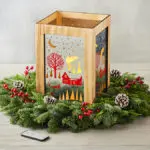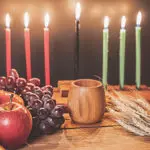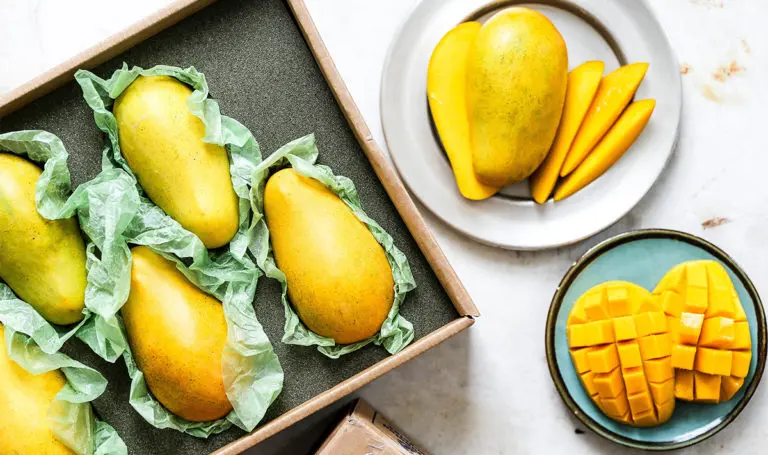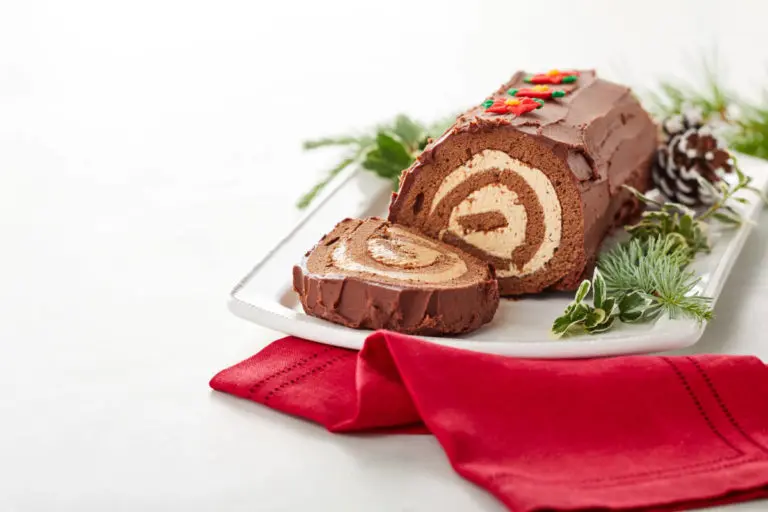There’s more to holidays than just a day off from work. Our series “Holidays 101” shares how these festive days came to be, the foods associated with them, and the peculiar ways to celebrate. Here are 8 facts about Christmas to brighten up your celebrations.
Christmas may inspire more excitement than any other holiday. The gift giving, caroling, and festive spirit are all part of the appeal, as are the beloved rituals, from the religious to the culinary. But before you whip out the credit card for a Black Friday sale, string lights around your Christmas tree, or leave out a plate of cookies and a glass of milk for Santa Claus, did you ever stop and wonder what all this is about?
If you answered no, we don’t blame you. It’s easy to get swept up in the pageantry (which you can’t spell without the letters “p-a-g-a-n”) and traditions of Christmas. Which is why we’re suggesting you take a beat, read these eight merry facts about Christmas, and become an expert on the most wonderful time of the year!
1. Why is Christmas celebrated on December 25th?
Unlike Easter, which celebrates the resurrection of Jesus Christ on the third day after his burial, Christmas’ origins are less clear. While we grow up learning that Christmas marks the birth of Christ, that’s not how it’s captured in the Bible. “No one knows the real birthday of Jesus,” says James Cooper, aka The Christmas Expert, and the man behind the comprehensive Why Christmas sites.
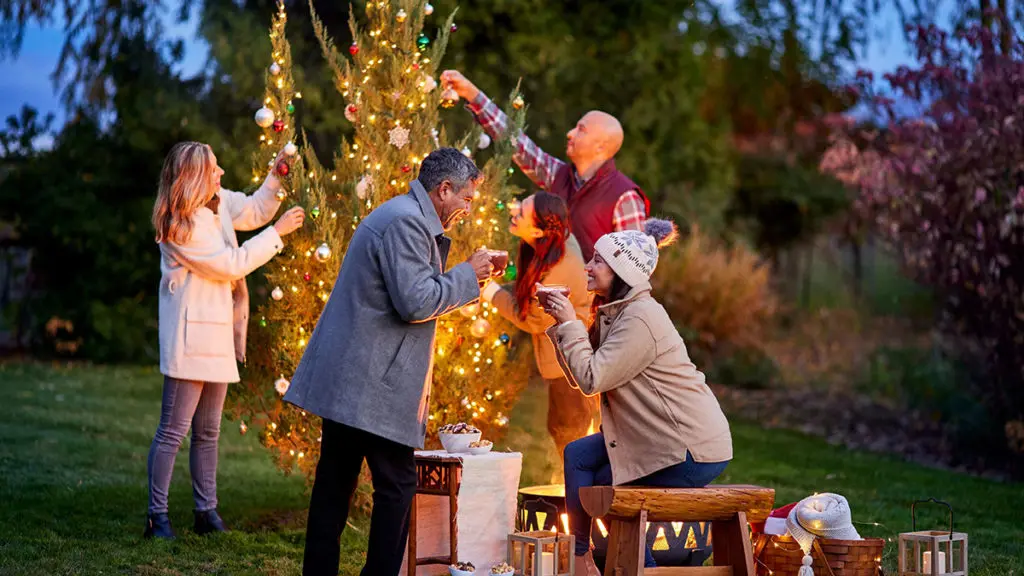
So, why do we celebrate Christmas on December 25? Historians suggest that date was assigned in relation to the pagan festival of Saturnalia, which honored the god Saturn and was celebrated with gift giving. Cooper adds other theories, including the December 25 date being nine months after the day — March 25 — that Mary was told she would give birth to a very special baby, as well as other pagan and Christian variations.
Cooper was able to trace the first celebration of Christmas to December 25 in Rome in the year 336 A.D. So, let’s just say it’s a tradition that dates back nearly 1,700 years.
2. What’s the deal with mistletoe?
Merriam-Webster defines mistletoe as “a European semiparasitic green shrub (Viscum album of the family Loranthaceae, the mistletoe family) with thick leaves, small yellowish flowers, and waxy-white glutinous berries.” So why are you supposed to hang this plant over doorways and kiss those who pass underneath (which sounds even weirder when you explain it)? Well, there’s no easy answer to that one.
The explanation for this charming Christmas tradition ranges from mistletoe’s use by Greeks and druids for medicinal and even fertility purposes to one that is associated with the arts. Cooper pegs the use of mistletoe as a romantic Christmas tradition to an 18th-century English play and its appearance in the 1843 publication of Charles Dickens’ A Christmas Carol, in which characters are depicted kissing under the mistletoe.

3. Elf on a Shelf
Here is a recent — and purely commercial — addition to the roster of yuletide traditions.
In 2005, Carol Aebersold and her daughter, Chanda Bell, self-published a book entitled The Elf on the Shelf: A Christmas Tradition and packaged the book with a small Scout Elf. The story is about an elf who watches children by day and then flies to the North Pole each night to report back to Santa about matters naughty and nice. Before daybreak, the elf returns to monitor the children, landing on a different shelf or in a different location each time. Children know not to touch the elf, lest it lose its powers. Whether you’re a child who delights at the elves’ magical abilities or a parent who loathes the post-bedtime practice of making these felt creatures “fly” from shelf to shelf in your home will depend on how you feel about the Elf on a Shelf, which grows in popularity — and marketing tie-ins — with each passing year.
But, perhaps, not everywhere.
In November 2021, a Georgia judge, himself a parent burned by forgetting to reposition the elf one night, declared it illegal for the Elf on the Shelf to appear this Christmas. He later clarified that the decree is mostly tongue-in-cheek.
4. Why do we give gifts at Christmas?
“Tis better to give than to receive” sounds nice and all, but many people view Christmas as a year-end celebration centered around gift giving and receiving — whether that means neatly wrapped presents left under the tree by Santa or a thoughtful Christmas gift basket sent as thanks to or from a friend, colleague, or business associate.
The origins of this tradition vary as well, from the Three Wise Men bringing gifts to the newborn baby Jesus to the gift-giving Greek inspiration behind St. Nicholas. But the idea of giving gifts at Christmas became supercharged by Americans flush with cash during the post-World War II boom. Case in point: The development known as “Black Friday” started in the 1950s, when post-Thanksgiving shoppers descended on Philadelphia, and the ensuing chaos in the city of Brotherly Love led police to adapt the term associated with financial collapse to describe the situation.
5. The myth of the Christmas pickle
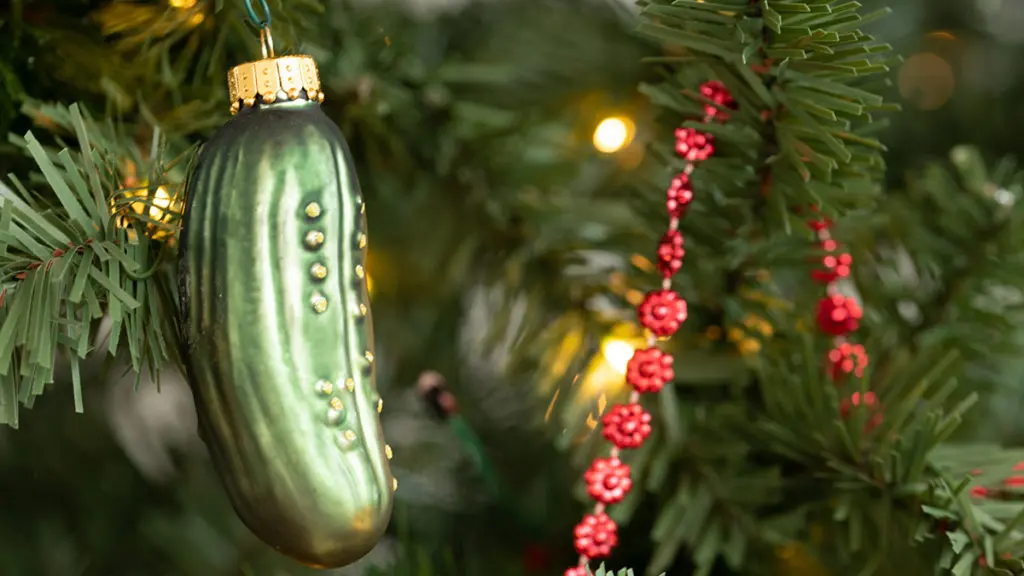
The supposed German tradition of finding a “Christmas pickle” is both strange and, perhaps, untrue.
Cooper traces the start of the Christmas pickle to Woolworths stores in the late 19th century selling ornaments imported from Germany that were shaped like fruits and vegetables, including, potentially, pickles. Around that time, a belief grew that it was German tradition to hang a pickle ornament last on the Christmas tree, and the first child to find it on Christmas morning would earn an extra gift. The problem with the story is that most Germans had never heard of such a tradition. Cooper suggests, “It’s most likely that an ornament salesman, with a lot of spare pickles to sell, invented the legend of the Christmas pickle.”
Nevertheless, the myth lives on. Pickle ornaments endure and have even spawned an annual festival in Berrien Springs, Michigan, the self-proclaimed Christmas pickle capital of the world.
6. Merry Christmas vs. Happy Christmas
American English and the mother tongue don’t always align, as any Brit trying to find a “loo” outside of London can attest. But why do Americans say “Merry Christmas” while our English counterparts call for a “Happy Christmas”? The distinction is a matter of class. The royal family still uses “Happy Christmas,” and many Brits still prefer this term “because ‘happy’ took on a higher class connotation than ‘merry,’ which was associated with the rowdiness of the lower classes.”
7. Christmas movies rule!
No pagan rituals here, just a list of 10 of the best Christmas movies, according to me:
- A Charlie Brown Christmas (1965)
- It’s A Wonderful Life (1946)
- Miracle on 34th Street (1947)
- Elf (2003)
- A Christmas Carol (1951)
- Home Alone (1990)
- Frosty the Snowman (1969)
- A Christmas Story (1983)
- Rudolph The Red-Nosed Reindeer (1964)
- How The Grinch Stole Christmas (1967)
8. Christmas food traditions for days
Thanksgiving gets all the attention as a food holiday, but Christmas has myriad culinary connections as well, from the aforementioned pickle to leaving cookies for Santa to a variety of meat entrées served on the big day. Chief among the latter is the Christmas goose, a form of poultry rarely eaten on a day other than December 25.
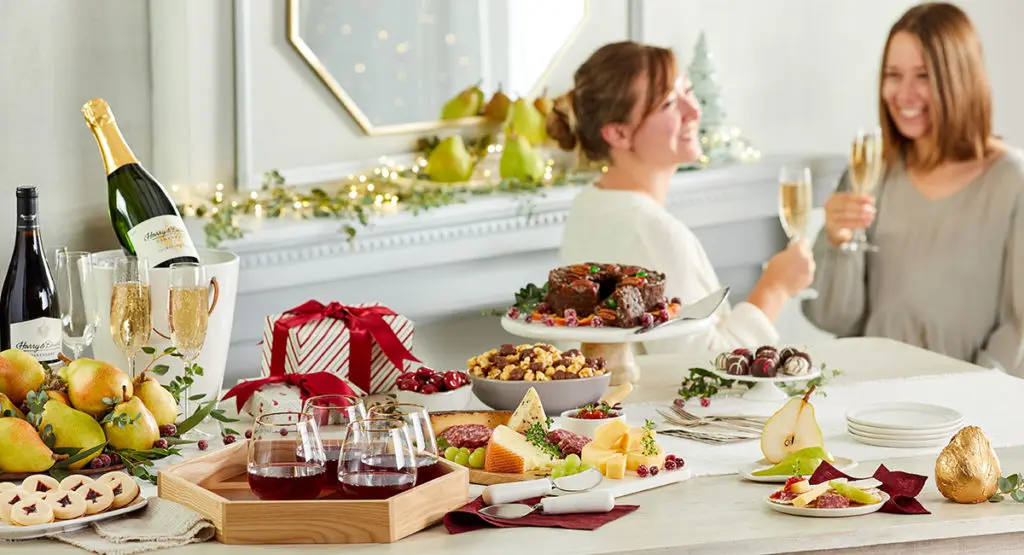
The popularity of the Christmas goose tradition goes back to A Christmas Carol and Ebenezer Scrooge, but the dish could also originate in the Middle Ages. Today, ham, turkey, and even lasagna can take center stage for the main meal, while celebratory wine and pairings, such as cabernet sauvignon with truffles, help make the occasion even more festive…if such a thing is even possible, given all these fun traditions!



